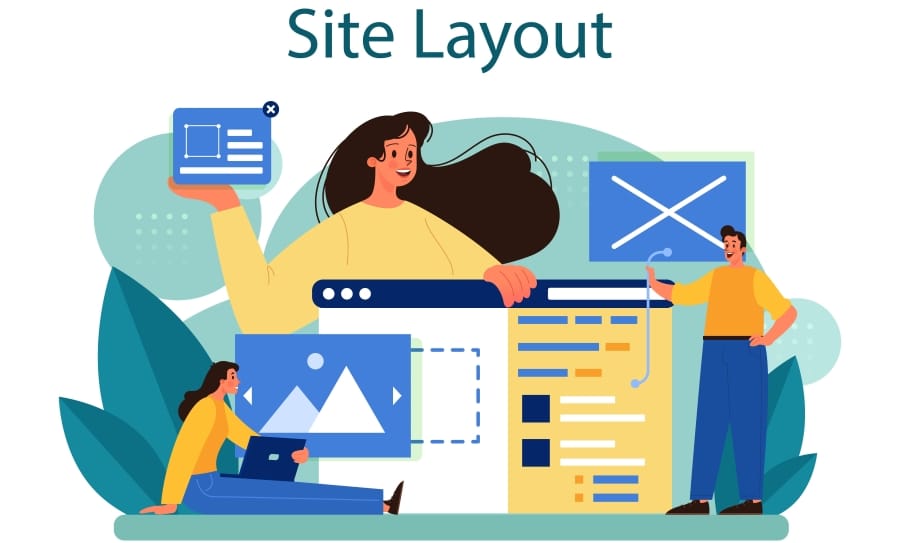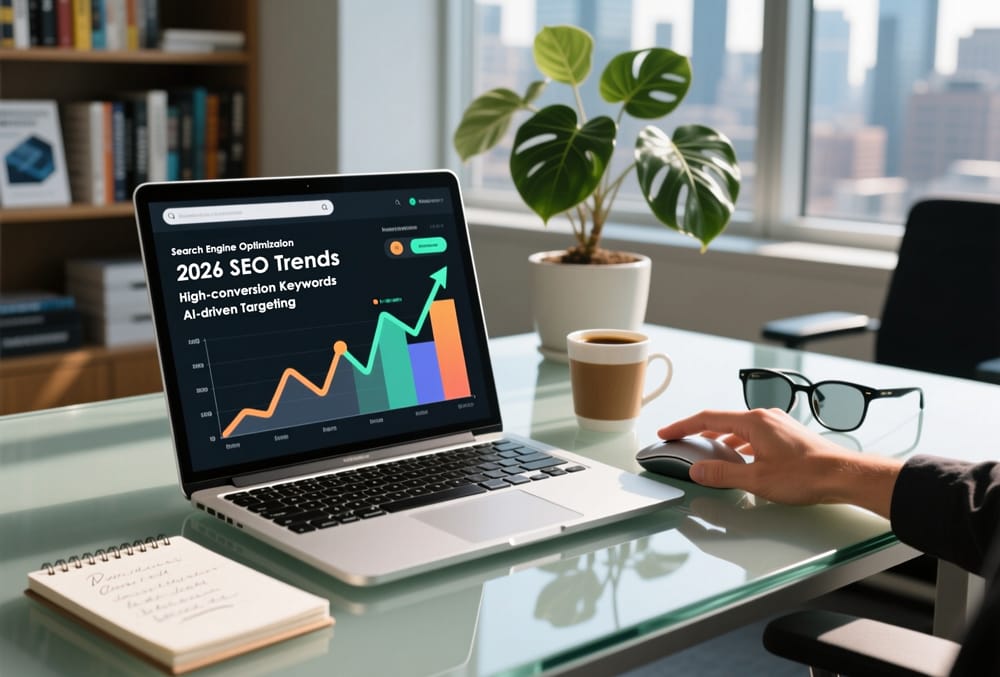In today’s digital landscape, creating an accessible website isn’t just the right thing to do, it’s also essential for search engine optimization (SEO). By ensuring your website is usable for everyone, regardless of ability, you can improve your SEO performance and reach a wider audience.
Table of Contents
What is Accessible Web Design?
Accessible web design refers to creating websites that can be easily navigated and understood by everyone, including people with disabilities. This includes users who are blind, deaf, have low vision, motor impairments, cognitive disabilities, and learning disabilities.
Here are some of the key principles of accessible web design:
Use clear and concise language
Avoid jargon and technical terms that everyone may not understand.
Provide alternative text for images
This allows screen readers to convey the meaning of images to visually impaired users.
Use proper heading structure
Headings help users understand the hierarchy and organization of your content.
Ensure sufficient color contrast
This is crucial for users with low vision to distinguish text from the background.
Make your website keyboard navigable
Users who cannot use a mouse should be able to navigate your website using just their keyboard.
Why is Accessible Web Design Important for SEO?
There are several reasons why accessible web design is important for SEO:
Improved user experience
Search engines like Google prioritize websites that offer a positive user experience. When your website is accessible, it’s easier for users to find the information they need, which can lead to higher rankings.
Increased website traffic
By making your website accessible, you’re opening it up to a wider audience, including people with disabilities. This can result in more website traffic and potential customers.
Compliance with search engine guidelines
While not a direct ranking factor, accessibility is aligned with core web vitals, which are a set of metrics that Google uses to evaluate user experience. A website that adheres to accessibility best practices is more likely to meet these guidelines.
Examples of Accessible Web Design for SEO
Here are some specific examples of how accessible web design can improve your SEO:
Using alt text for images
If you have an image of a product on your website, include alt text that describes the product. This will help visually impaired users understand what the image is about, and it can also help your website rank higher in image search results.
Creating transcripts for videos
If you have videos on your website, create transcripts that provide a text-based version of the audio content. This will make your videos accessible to deaf and hard-of-hearing users, and it can also help search engines index your video content.
Using clear and concise language
Avoid using jargon and technical terms that everyone may not understand. This will make your website easier for everyone to navigate and understand, which can improve your SEO performance.
By following these accessible web design practices, you can create a website that is not only user-friendly but also SEO-friendly. This will help you reach a wider audience, improve your search engine rankings, and ultimately achieve your business goals.
Additional Tips for Accessible Web Design:
- Use a website accessibility checker to identify and fix accessibility issues on your website.
- Many online resources are available to help you learn more about accessible web design.
- Consider hiring a web developer who is experienced in accessible web design.
The Power of Accessible Web Design
Accessible web design is not only a moral imperative but also a smart business decision. By creating websites that are inclusive for people with disabilities, you’re not only improving the user experience but also boosting your search engine rankings.
HITS Web SEO Write: Your Partner in Accessible Web Design
HITS Web SEO Write is a leading digital marketing agency that specializes in creating accessible websites that meet the highest standards of web accessibility. Our team of experienced designers and developers will work closely with you to ensure that your website is:
- Perceivable: Easily understandable by users with visual, auditory, and cognitive disabilities.
- Operable: Navigable and usable by keyboard and assistive technologies.
- Understandable: Clear, concise, and easy to understand for all users.
- Robust: Compatible with a wide range of devices and browsers.
By partnering with HITS Web SEO Write, you can create a website that is not only accessible but also visually appealing and effective.




